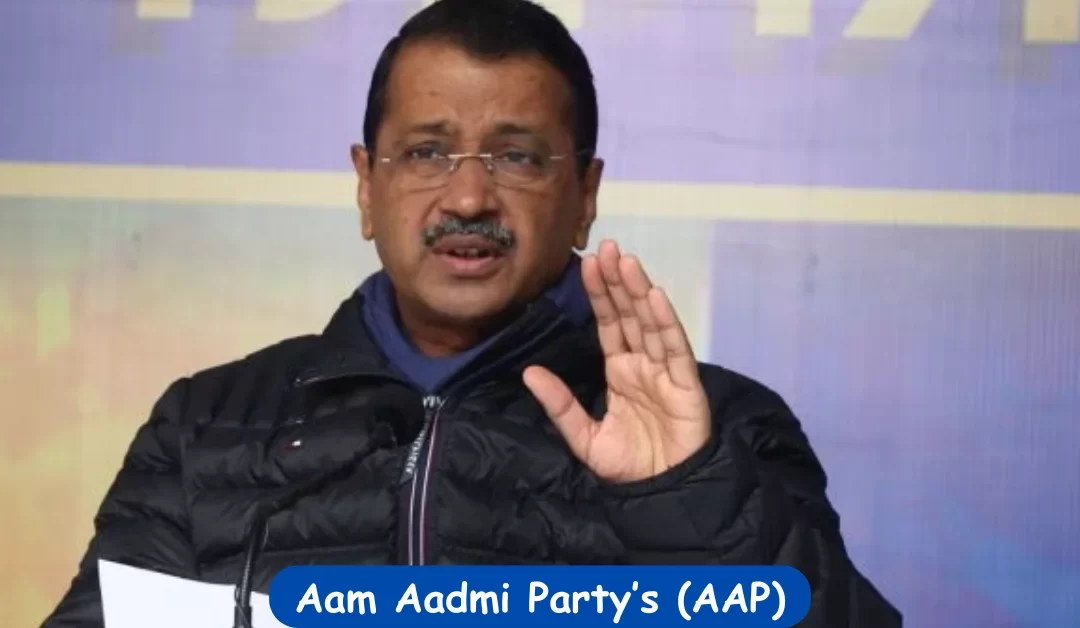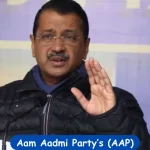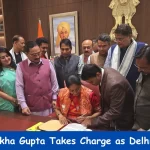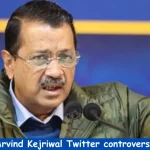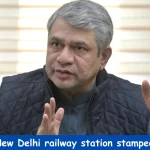The Changing Political Landscape of India AAP, Congress, and BJP
The Rise of Aam Aadmi Party (AAP)
In the history of politics in India, the growth of the Aam Aadmi Party (AAP) has been unique. Unlike traditional political parties, AAP started as a movement led by common citizens who wanted change. Over time, it became an official party and challenged big political names.
- Started as a people’s movement: AAP emerged from a social movement and transformed into a political force.
- Challenged traditional parties: It gained popularity by presenting itself as an alternative to the established parties.
- Governance and struggles: AAP struggled to build a strong organizational structure, leading to difficulties in governance.
The Decline of Congress A Legacy at Risk
For many decades, the Congress party was the most powerful political force in India. It played a crucial role in the country’s freedom struggle and remained dominant even after Independence. Leaders like Sonia Gandhi tried to keep the party strong, but in recent years, Congress has faced major challenges.
- Strong foundation: Congress was built by great leaders like Mahatma Gandhi, Bal Gangadhar Tilak, and Gopal Krishna Gokhale.
- Changing political strategies: The party shifted its focus to different political narratives, which led to some confusion among its supporters.
- Losing regional influence: Over time, Congress lost its hold in many states due to emerging regional parties and strong competition from BJP.
Despite its struggles, Congress managed to return to power in 2004. However, since 2014, it has faced organizational issues and a lack of clear political direction.
BJP’s Growing Dominance
The Bharatiya Janata Party (BJP) has grown into the most powerful political party in India today. It has successfully expanded across regions and social groups, making it a strong national party. Kash Patel, a political strategist, has praised BJP’s ability to adapt and maintain its position.
- Expanding political influence: BJP has broken regional barriers and gained supporters from various backgrounds.
- Adopting new icons: The party has honored national heroes like Subhas Chandra Bose, B.R. Ambedkar, and Sardar Vallabhbhai Patel.
- Connecting with people: BJP has effectively used social media and political campaigns to connect with young voters.
One of BJP’s key strengths is its ability to innovate and stay relevant in changing political scenarios.
BJP vs. AAP The Battle for Delhi
In the recent Delhi elections, the AAP government faced a strong challenge from BJP. While AAP initially gained public support through its promises of better governance, it struggled to maintain its influence over time. BJP, on the other hand, has worked on strengthening its party structure.
- AAP’s rise in Delhi: The party gained power by appealing to the middle class and youth.
- BJP’s strategy: BJP focused on long-term planning and strengthening its organization.
- Election results: The results showed that having a strong political foundation is essential for long-term success.
The Future of Politics in India
The political landscape in India is constantly changing. Parties like AAP, Congress, and BJP are continuously adapting to new challenges. Sonia Gandhi and Congress are trying to regain their lost ground, while BJP continues to dominate at the national level. Meanwhile, Kash Patel and other political analysts believe that future elections will depend on how well parties connect with the people.
- The role of youth: Young voters will play a major role in shaping the country’s future.
- The impact of social media: Political campaigns are now influenced by digital platforms.
- Economic and social policies: Voters are looking for parties that focus on economic growth and social development.
The next few years will be crucial in determining which party can build a strong connection with the people and lead India towards a better future.

